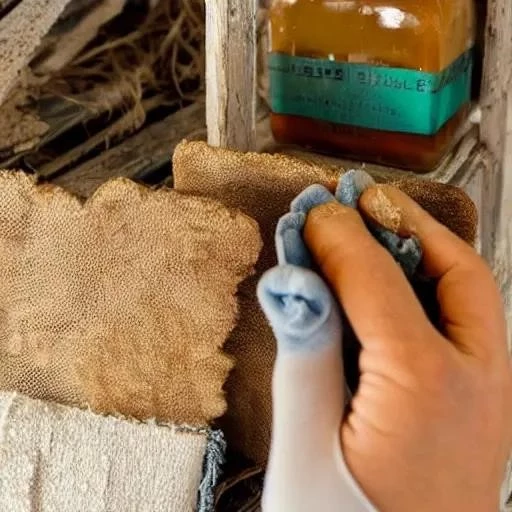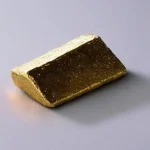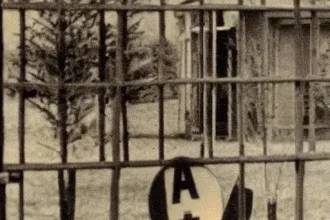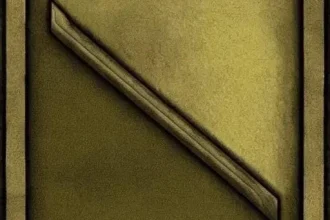Welcome to a journey of transformation, where the past meets the present in a symphony of meticulous restoration. Old cars aren’t just vehicles; they are cherished artifacts, vessels of memories, and testaments to design eras long past. Yet, over years of dedicated service, their interiors often bear the brunt of time, accumulating grime, odors, and wear that dull their original brilliance. But what if you could not only turn back the clock but also enhance its intrinsic value and rekindle the joy of driving a truly pristine classic?
The allure of a vintage automobile extends far beyond its gleaming exterior paint or its roaring engine. It’s the tactile sensation of the steering wheel, the distinctive scent of aged leather or fabric, and the nostalgic view through a crystal-clear windshield that truly define the classic car experience. Sadly, neglect can transform these sensory delights into challenges, with faded upholstery, sticky surfaces, and persistent stale odors diminishing the overall appeal. However, with the right knowledge, specialized tools, and a touch of professional finesse, embarking on the comprehensive task of cleaning old car interior is not merely maintenance; it’s an art form capable of astonishing results.
Before we delve into the intricate techniques and transformative power of a thoroughly cleaned interior, here’s a snapshot of the essential elements and approaches that define this rewarding endeavor:
| Category | Item/Technique | Description |
|---|---|---|
| Cleaning Agents | pH-Neutral All-Purpose Cleaner | A versatile and safe solution, incredibly effective at breaking down general dirt and grime on various surfaces without causing damage. |
| Leather Cleaner & Conditioner | Specifically formulated to gently lift embedded dirt from leather, subsequently nourishing and protecting it to prevent drying and cracking. | |
| Fabric/Upholstery Cleaner | Designed to deeply penetrate fabric fibers, effectively loosening and lifting stubborn stains and eliminating unpleasant odors, often utilizing enzymatic action. | |
| Glass Cleaner (Ammonia-Free) | Ensures a perfectly clear, streak-free finish on all interior glass surfaces, crucially enhancing visibility and the cabin’s overall brightness. | |
| Equipment | Detailing Brushes & Microfiber Cloths | A crucial assortment of brushes for accessing tight crevices and vents, paired with high-quality microfiber for gentle yet thorough wiping and buffing. |
| Wet/Dry Vacuum Cleaner | An indispensable tool for powerfully extracting loose debris, dust, and, significantly, residual moisture after shampooing fabric surfaces. | |
| Steam Cleaner | Leverages the sanitizing power of high-temperature steam to dislodge ingrained dirt, kill bacteria, and refresh surfaces without relying on harsh chemicals. | |
| Odor Elimination | Ozone Generator (Professional Use) | For deeply embedded, persistent odors, this professional-grade device neutralizes odor-causing molecules, demanding careful and expert application in unoccupied vehicles. |
| Reference Link | Auto Detailing Resource |
The Alchemy of Restoration: Beyond Surface Deep
Many owners mistakenly believe that a quick wipe-down suffices, but a truly transformative interior cleaning demands a methodical approach, akin to a surgeon performing a delicate operation. “The biggest mistake people make is not understanding the different materials in their car,” explains Johnathan Vance, a veteran detailer with over three decades of experience restoring vintage vehicles. “You wouldn’t use the same product on a delicate wool headliner as you would on a robust vinyl dashboard. Each surface requires its own specialized treatment, its own chemical conversation, if you will.”
The process commences with an exhaustive vacuuming, not just of visible dirt, but of every hidden crevice, leveraging specialized attachments to extract years of accumulated dust and debris. This initial step is profoundly critical, laying the foundation for all subsequent work by eliminating abrasive particles that could scratch delicate surfaces. Following this, the focus shifts to tackling specific areas. For leather, a gentle, pH-balanced cleaner is meticulously applied, working it into the grain with a soft brush before carefully wiping it away. This not only cleans but also prepares the leather to absorb a high-quality conditioner, which replenishes essential oils, restoring suppleness and preventing future cracking.
Fabric upholstery, often a repository of spills and persistent odors, demands a more aggressive yet equally cautious strategy. Hot water extractors, combined with powerful enzyme-based fabric cleaners, are incredibly effective at lifting deep-seated stains and neutralizing organic odors at their source. The process involves carefully agitating the solution into the fabric, allowing it to dwell, and then extracting the dirty water, revealing a remarkably fresher, almost factory-new appearance. For hard surfaces like dashboards, door panels, and consoles, a mild all-purpose cleaner followed by a UV-protectant dressing not only cleans but also shields them from the sun’s damaging rays, preserving their color and texture for years to come.
Conquering the Invisible Enemy: Odor Elimination
Perhaps the most challenging aspect of restoring an old car interior is eradicating stubborn odors—the stale smoke, the musty dampness, or the faint scent of forgotten fast food. These aren’t just superficial smells; they are molecules deeply embedded in fabrics, foam, and even the car’s ventilation system. While consumer-grade air fresheners merely mask these issues, true odor elimination requires a more scientific approach. Experts often turn to ozone generators for particularly pervasive smells. By producing ozone (O3), these machines chemically neutralize odor-causing particles, effectively ‘resetting’ the car’s interior air. However, this is a professional-level treatment, requiring strict safety protocols due to ozone’s potent nature.
Looking ahead, the future of car interior cleaning is increasingly integrating insights from advanced material science and sustainable chemistry. Innovations in nanotechnology are leading to protective coatings that repel spills and dirt, making future cleaning considerably easier. Furthermore, the burgeoning field of bio-enzymatic cleaners continues to evolve, offering even more powerful and environmentally friendly solutions for tackling the toughest organic stains and odors. This forward-looking perspective suggests a future where maintaining a pristine classic car interior becomes less arduous and even more rewarding.
The Enduring Value of a Refreshed Interior
Ultimately, investing time and effort into cleaning an old car’s interior transcends mere aesthetics; it’s an investment in the vehicle’s longevity, its market value, and, most importantly, the owner’s pride and driving pleasure. A meticulously restored interior dramatically enhances the car’s overall appeal, often significantly increasing its resale value. More profoundly, it transforms the driving experience, turning every journey into a delightful immersion in automotive history, free from the distractions of accumulated grime and unpleasant scents. By embracing these expert techniques and forward-thinking approaches, you’re not just cleaning; you’re resurrecting a legacy, ensuring that your cherished classic continues to tell its story for generations to come, brilliantly and beautifully from the inside out.






